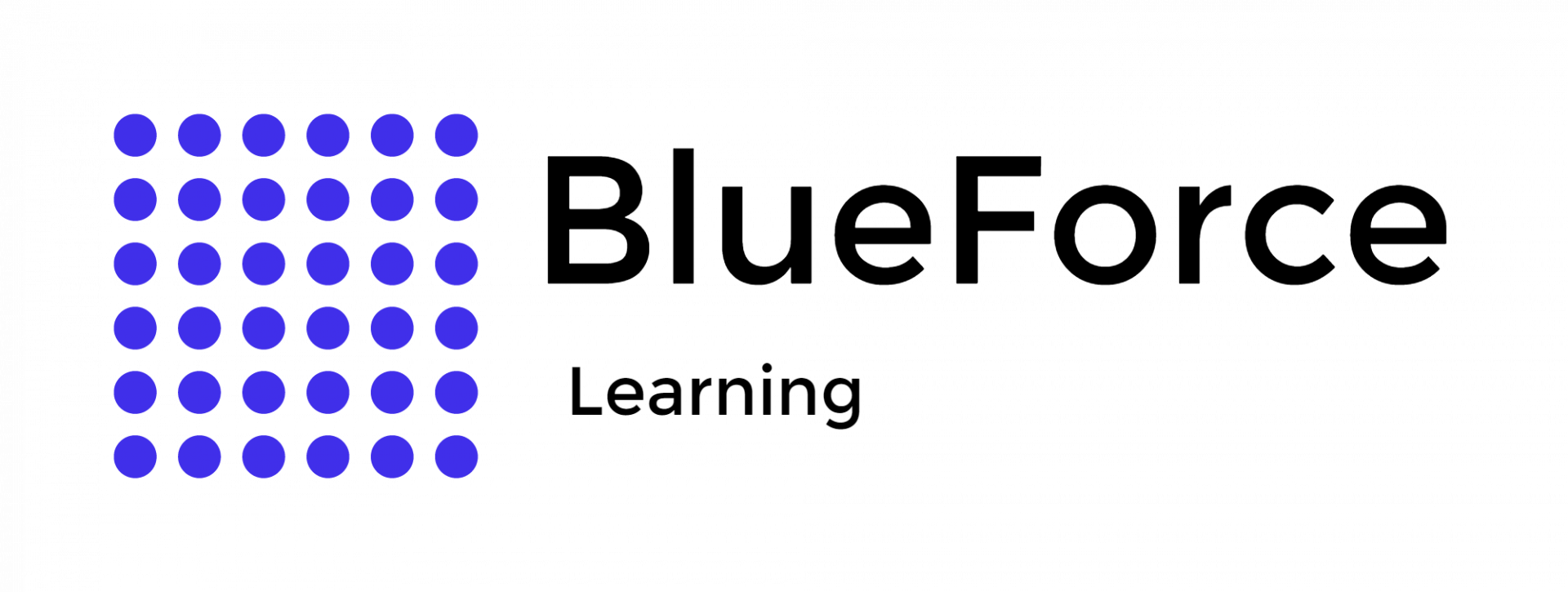Apr 28
Step-by-Step Intelligence-Led Policing Process & Its 4 Levels
In the ever-evolving field of law enforcement, agencies and professionals are constantly seeking innovative methods and strategies to enhance crime control and prevention. Improved policies and models that bolster efficiency in fighting crime are essential for success. Harnessing data to achieve higher productivity in crime fighting is becoming increasingly important, and its proper evaluation and analysis are crucial. This is where training programs such as the Microsoft Excel for Law Enforcement Masterclass become invaluable, equipping officers with the skills to effectively manage and analyze crime data. This analyzed data, known as intelligence, is necessary for effective policing and strategic operations.
What is Intelligence-Led Policing?
Intelligence-led policing (ILP) is a law enforcement strategy that targets major crimes and criminal activities. Law enforcement professionals identify and quantify crime problems through intelligence analysis, which is then explicitly targeted. By focusing on these critical problems responsible for major crimes, a reduction in these issues will ultimately lead to a considerable decrease in crime rates.
The Intelligence Policing Process
The National Criminal Intelligence Sharing Plan (NCISP) has defined the intelligence process into six steps. Each step is crucial for understanding the intelligence process effectively:
1. Collection
Data collection is the first and most labor-intensive step in the intelligence process. Common data collection sources include physical surveillance, electronic surveillance, confidential informants, undercover operators, newspaper reports, and public records. Technological advancements are expanding these data sources, such as internet-based data sources.
2. Processing
This step involves segregating and grouping available data to identify valuable and useless data. By eliminating irrelevant, incomplete, and incorrect information, the collected data is organized logically.
An organized and categorized database facilitates the identification of relationships between multiple entities and relevant information. As a result, an easy-to-understand and navigable database supports effective retrieval and comparison of data when needed.
An organized and categorized database facilitates the identification of relationships between multiple entities and relevant information. As a result, an easy-to-understand and navigable database supports effective retrieval and comparison of data when needed.
3. Analysis
The analysis step entails deriving meaning from data by identifying what information is present or missing. This process is essential in law enforcement intelligence operations, as law professionals analyze data to generate leads for investigations, develop hypotheses about crime, identify future patterns, and assess threats.
Furthermore, analysis involves synthesizing data to make inferences, draw conclusions, and provide recommendations for action. A law enforcement officer who has joined online intelligence courses about strategic, investigative, and crime analysis and gained proficiency can perform this step more profoundly.
Furthermore, analysis involves synthesizing data to make inferences, draw conclusions, and provide recommendations for action. A law enforcement officer who has joined online intelligence courses about strategic, investigative, and crime analysis and gained proficiency can perform this step more profoundly.
4. Dissemination
In this step, the analyzed information, or intelligence, is communicated to the relevant personnel. Law enforcement agencies then use it appropriately to fight and prevent crime.
Dissemination is essential for taking the right action at the right time. As most intelligence reports are relevant to people outside the intelligence unit, the intelligence units can disseminate intelligence to the relevant teams and departments to achieve proactive crime prevention.
Dissemination is essential for taking the right action at the right time. As most intelligence reports are relevant to people outside the intelligence unit, the intelligence units can disseminate intelligence to the relevant teams and departments to achieve proactive crime prevention.
5. Re-evaluation
This step is performed by the relevant personnel who receive the intelligence from the intelligence unit. These individuals may be officers, investigators, and managers. They analyze intelligence for effectiveness and use it in the fight against crime. Additionally, they can provide feedback to the intelligence unit to continuously improve strategies and processes.
Exploring Levels of Intelligence
Law enforcement agencies can be categorized according to four different levels of intelligence. These categories are not set in stone but are examples of agency capabilities. Many variations exist in intelligence capabilities. Using the agency size and resource capability is just one way to explain these categories.
Level 1
At level 1, law enforcement agencies generate both tactical and strategic intelligence products. They use these intelligence products to serve their department and law enforcement organizations. It is the highest intelligence level, where an ideal intelligence-led policing scenario exists. The agency at this level has an intelligence manager, intelligence officers, and skilled intelligence analysts.
Level 2
Level 2 intelligence consists of police agencies that generate tactical and strategic intelligence for their use. These agencies utilize intelligence to support investigations rather than control operations. Generally, these agencies do not allocate personnel to develop extensive intelligence products for other organizations. However, they may have a computerized database accessible to other departments. These departments may contain intelligence units, intelligence officers, analysts, and an intelligence manager.
Level 3
Level 3 intelligence is the most common intelligence level, as thousands of agencies across the US belong to this category. It includes law enforcement agencies that have dozens to hundreds of sworn employees. These agencies may have the capacity to generate intelligence products internally, but they usually rely on products produced by partner agencies.
Sometimes, Level 3 agencies may contract private intelligence analysts to tackle complex cases. Such departments typically do not have analysts or intelligence managers on their payroll. Still, they may have designated one or more sworn individuals as their ‘intelligence officers’ and sent them for intelligence analyst training programs.
Sometimes, Level 3 agencies may contract private intelligence analysts to tackle complex cases. Such departments typically do not have analysts or intelligence managers on their payroll. Still, they may have designated one or more sworn individuals as their ‘intelligence officers’ and sent them for intelligence analyst training programs.
Level 4
Typically, these agencies have only a few dozen or even fewer employees. They do not have any intelligence personnel on their staff. In some cases, a single individual may be responsible for multiple roles. Nevertheless, such agencies should aim to attain basic proficiency in intelligence operations. Some departments may have received awareness training for intelligence and may have the capacity to interpret analytic products.
Therefore, a law enforcement agency lying within these four levels can use intelligence-led policing for a proactive action plan against crime.
Therefore, a law enforcement agency lying within these four levels can use intelligence-led policing for a proactive action plan against crime.
BlueForce Learning | Providing The Best Criminal Intelligence Analyst Training Courses
BlueForce Learning Academy is an online learning platform for law enforcement professionals. We offer holistic Law enforcement training courses through our online program for crime analysis certificates. Our focus is on imparting in-depth knowledge and hands-on experience to everyone in our community of learners.
An additional advantage of our courses is the provision of lifetime access for each course purchased. This feature enables you to revisit the course material, refine your understanding, and continuously improve your skills to excel in your performance. Visit our website today to acquire data and crime analysis expertise to combat crime effectively through valuable insights and certification programs online.
An additional advantage of our courses is the provision of lifetime access for each course purchased. This feature enables you to revisit the course material, refine your understanding, and continuously improve your skills to excel in your performance. Visit our website today to acquire data and crime analysis expertise to combat crime effectively through valuable insights and certification programs online.


